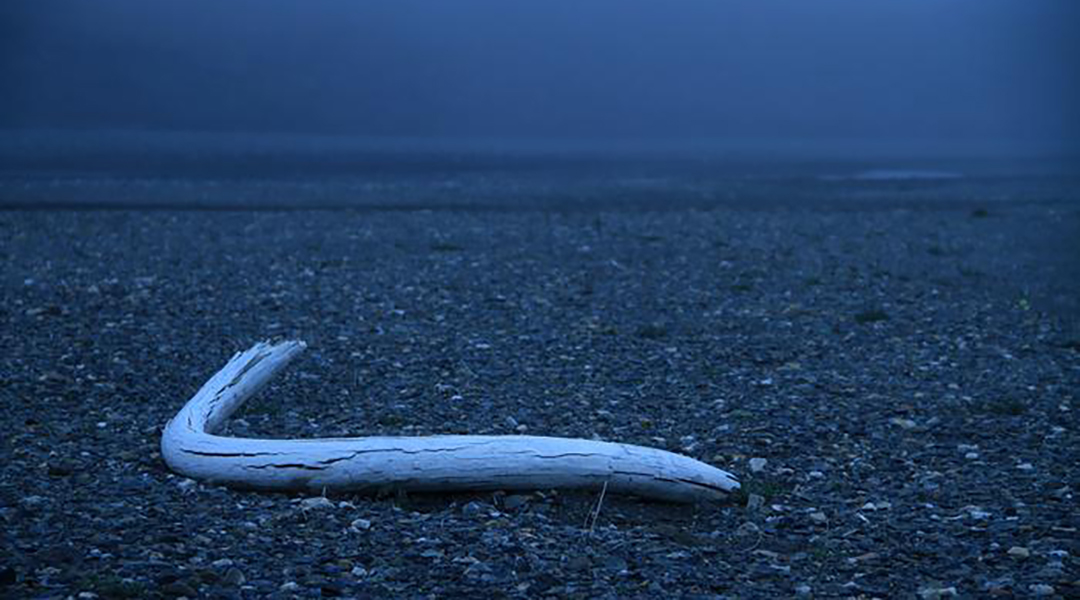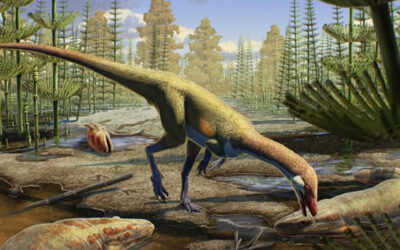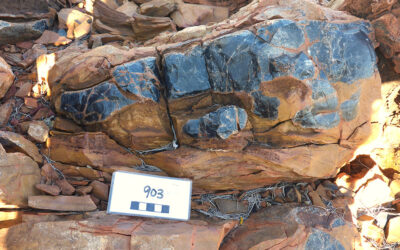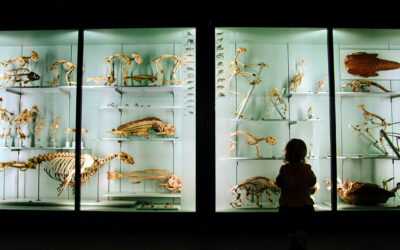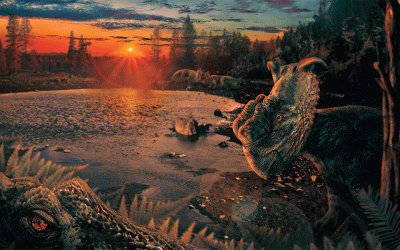Once prevalent across swathes of the Northern Hemisphere, woolly mammoths disappeared across most regions nearly 12,000 years ago. A few small herds were left behind, including on Wrangel Island, an island off the coast of Siberia. In a catastrophic bottleneck event, rising sea levels after the last Ice Age isolated a group of mammoths on the island some 10,000 years ago.
Now, researchers report that the small herd grew to a stable population, suffering from inbreeding and loss of genetic diversity. However, inbreeding alone did not lead to the extinction of the population some 4,000 years ago.
“The extinction of the Wrangel Island mammoth population mirrors the fate of many present-day species threatened by climate change and habitat loss. For this reason, it is an excellent model to study evolutionary processes in small and declining populations,” said Marianne Dehasque, a researcher at the Centre for Palaeogenetics in Sweden, in an email to Advanced Science News. “The things we learn from the Wrangel Island population can be translated to the field of conservation.”
Travelling back in time
Since the 1980s, researchers have collected the bones, tusks, and teeth of the Wrangel Island woolly mammoths. “In a sense, we are very lucky to be working with an animal that used to thrive in cold climates, because that means many of the remains have been exceptionally well preserved in the permafrost,” said Dehasque. “Most of the time, samples are collected opportunistically, meaning that there is basically a whole team out in the field looking for mammoth remains emerging from the frozen ground.”
Smaller samples are then transported back to a laboratory where they can be studied free from external contaminants.
Molars and tusks often provide samples of good quality, but tissue samples, if found, are the best source of ancient DNA. Of DNA from 400 unique mammoth samples, the researchers selected 21 with the best quality for genome sequencing —14 from Wrangel Island and seven from the mainland population before the bottleneck ensued. These samples spanned 50,000 years of woolly mammoth existence.
“This time series allows us to virtually travel back in time and to study the genomic changes in real time, giving us a more nuanced and complex understanding of the mammoth extinction,” added Dehasque.
The researchers found that mammoth genomes from Wrangled Island samples appeared to lose genetic diversity over time compared to mainland mammoth genomes, finding clear signs of inbreeding. Moreover, they also found signs of low diversity in a group of genes, collectively known as the major histocompatibility complex, that influence immune response. This may have made the mammoths more susceptible to disease.
What caused the mammoth’s population to collapse?
To understand population sizes through the years, the researchers ran several simulations and compared their analyses to their observations. As a result, they were able to conclude that only about eight woolly mammoths founded the Wrangel Island population. But over 20 generations, the small herd grew to a stable population numbering between 200 and 300 members while continuing to experience a slow loss of genetic diversity from inbreeding.
“On one hand, we see that the most harmful mutations gradually get purged from the population, but also that mildly harmful mutations accumulate over time,” said Dehasque. Previous research had suggested that the extinction of the Wrangel Island woolly mammoth population occurred due to an aggregation of harmful genetic mutations.
The woolly mammoths of Wrangel Island died out 4,000 years ago, while the youngest sample in the current dataset is 4,300 years old. The researchers have some samples — with poor quality DNA — from the last 300 years of mammoth existence on the island. So, they presently do not have any data for what events led to mammoth extinction on the island, but they say it likely was not as a result of inbreeding.
“If the population had gone extinct due to inbreeding, a loss of diversity, or genetic defects, we would have seen a decline in the population size. We therefore think that something sudden must have caused the mammoth’s extinction,” said Dehasque. “This is where we enter the realm of speculation, but maybe a disease outbreak, a big fire, or one or two bad years leading to limited food availability could have caused the already small population to collapse.”
The species’ lower adaptability due to diversity loss, susceptibility to disease or even a rapid, compounding of mildly harmful genetic mutations may have all contributed to extinction.
As research techniques get better, there is hope that DNA from some of the last woolly mammoths on Wrangel Island will be revelatory. “This last genome will hopefully give us the final answer on what doomed the mammoth population,” added Dehasque.
Reference: Marianne Dehasque, et al., Temporal dynamics of woolly mammoth genome erosion prior to extinction, Cell (2024). DOI: https://doi.org/10.1016/j.cell.2024.05.033
Feature image credit: Love Dalén

